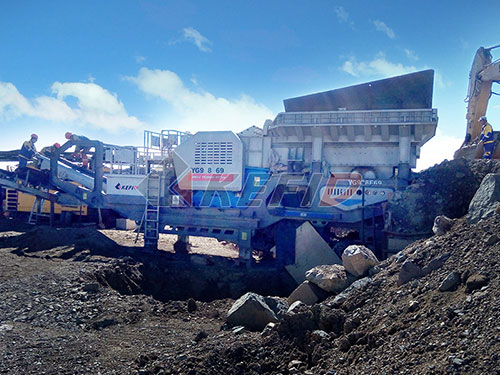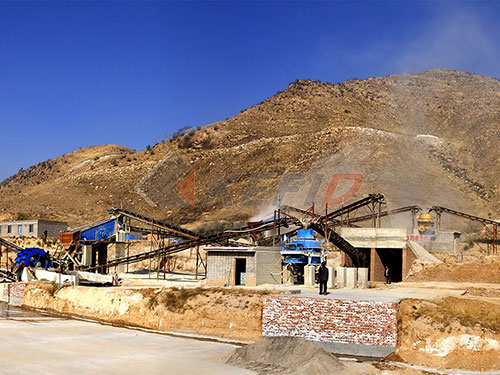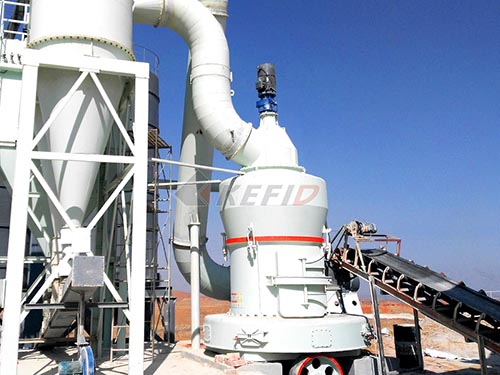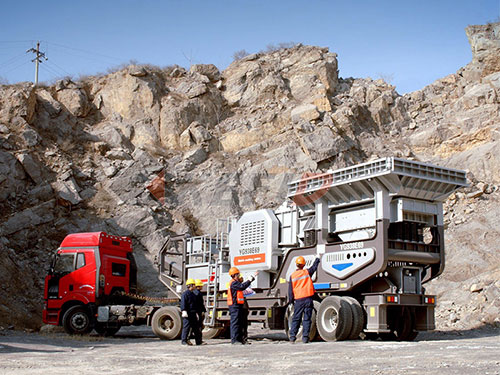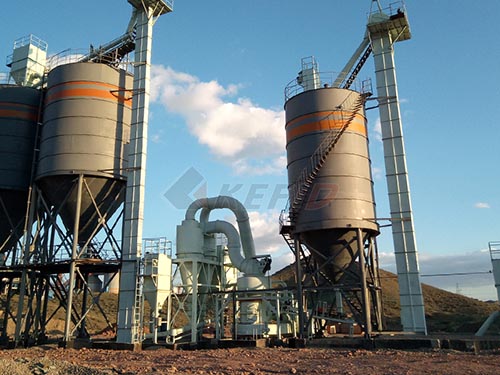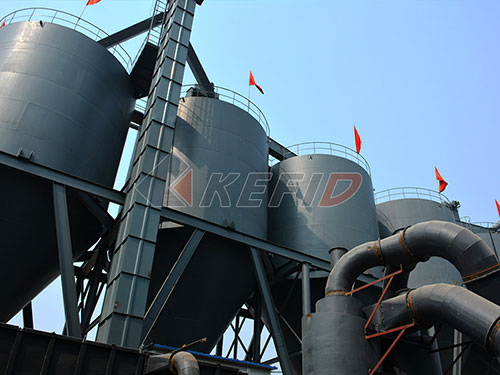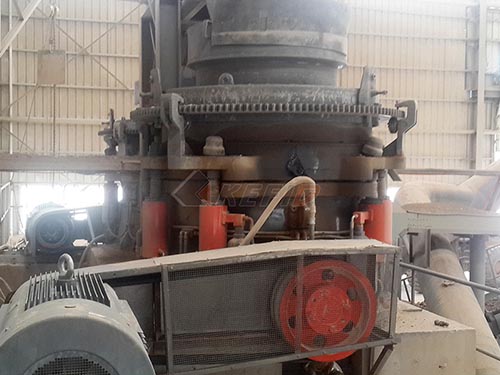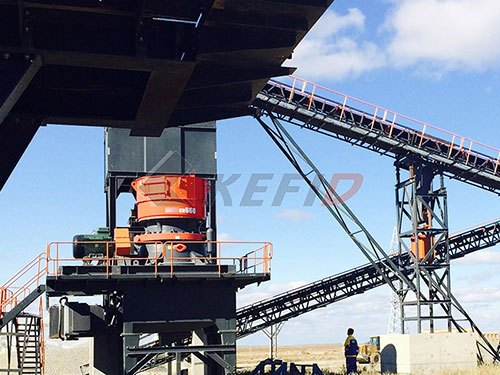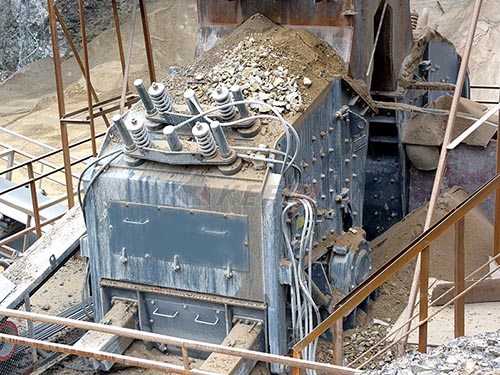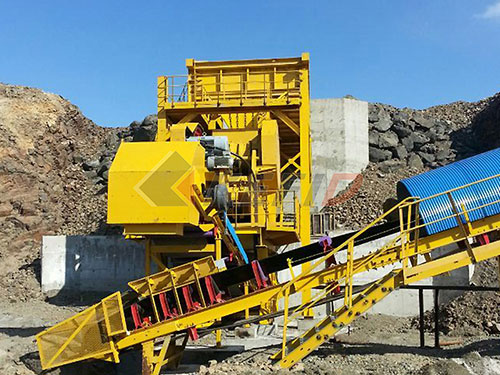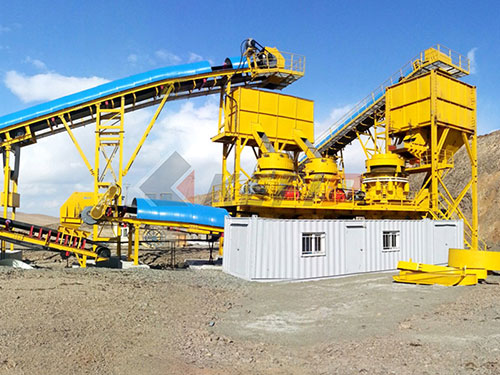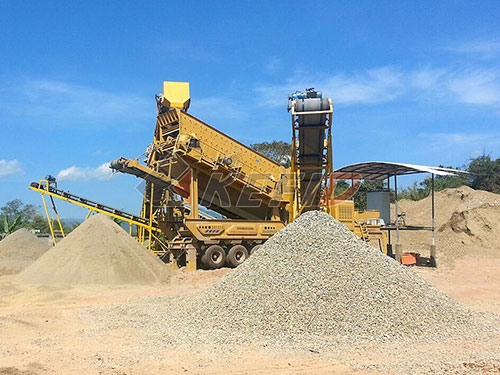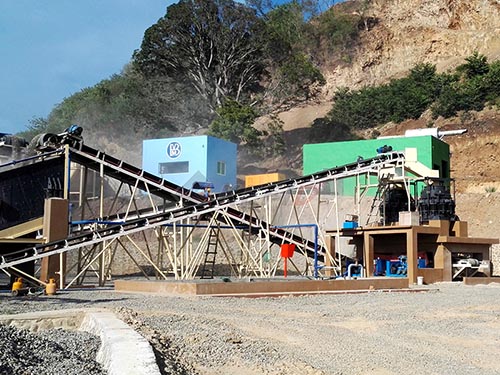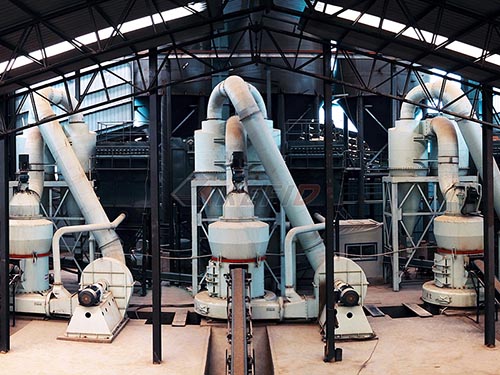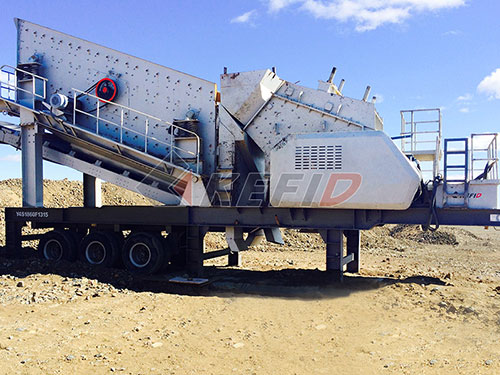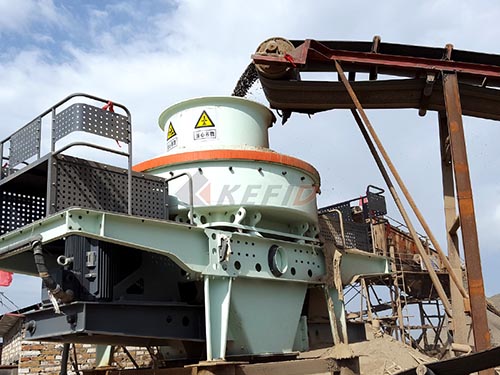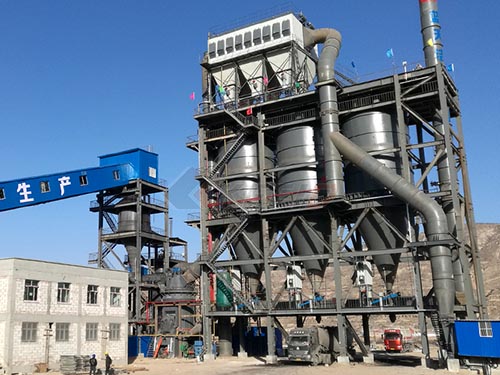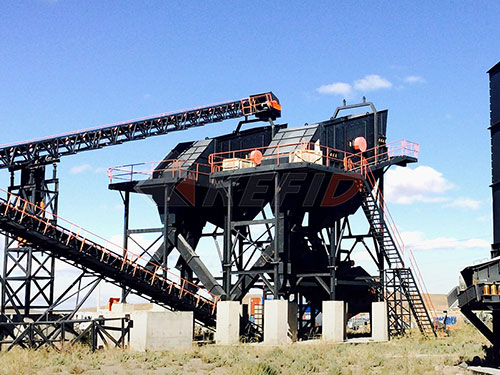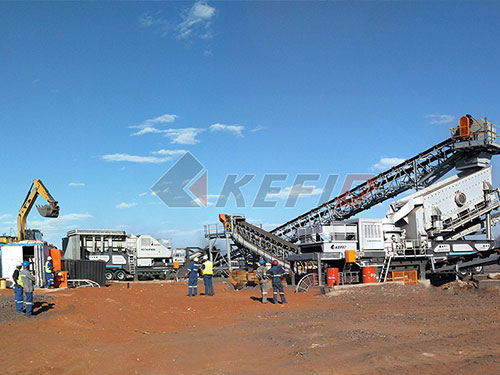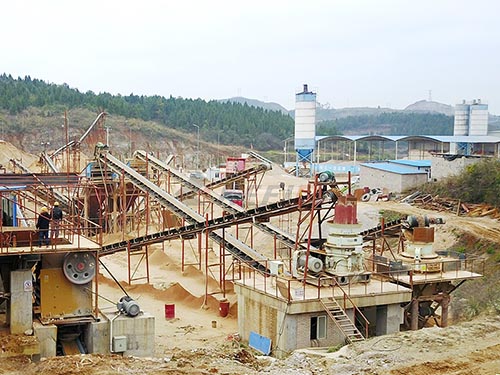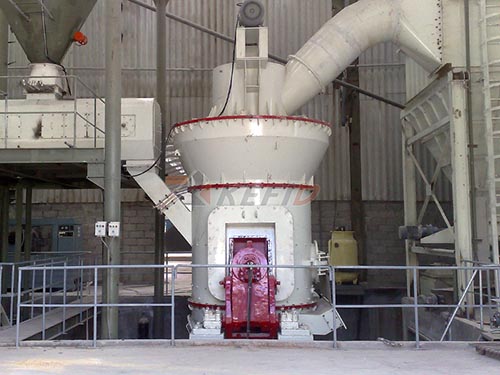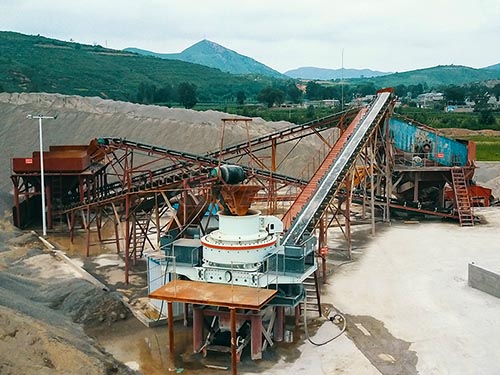Cone Crusher Feed Opening Specifications: A Strategic Investment Consideration for Serbia’s Mining & Aggregates Sector
Serbia, strategically positioned in the heart of the Balkans, is witnessing a significant resurgence in its mining and construction aggregates industries. Driven by both domestic infrastructure development and international investment interest in its rich mineral resources (including copper, lithium, lead, zinc, and industrial minerals), the demand for efficient, high-capacity mineral processing equipment is escalating. Within this context, the cone crusher stands as a pivotal machine in the size reduction circuit. A critical yet often underestimated factor influencing the success of crushing operations – and consequently, the return on investment (ROI) – is the precise specification of the cone crusher’s feed opening. Understanding its nuances is paramount for Serbian investors and operators aiming to optimize productivity, product quality, and operational costs.
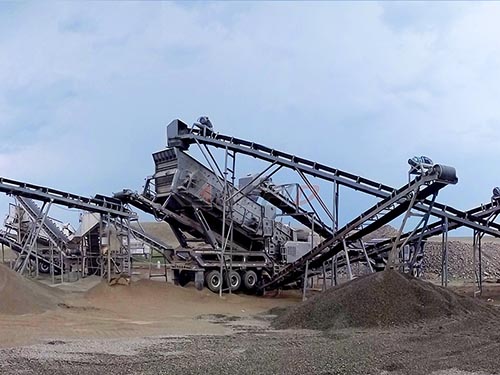
Decoding Feed Opening: More Than Just a Dimension
The feed opening of a cone crusher refers to the maximum dimension of material (typically measured as the ‘gape’ or maximum width) that can be physically accepted by the crushing chamber at any point during its cycle. While seemingly a simple measurement, it embodies several crucial implications:
1. Maximum Feed Size Capability: This is the most direct correlation. The feed opening dimension dictates the absolute largest lump size that can enter the crusher without causing bridging or requiring pre-breaking. Exceeding this limit leads to blockages, downtime, potential damage to components like the mantle or bowl liner, and safety hazards.
2. Intrinsic Link to Capacity Potential: While not solely determined by feed opening size (cavity design, eccentric throw, speed, power are equally vital), it establishes an upper theoretical limit on throughput potential for a given feed size distribution. A larger feed opening generally allows a larger volume flow of material if the feed contains appropriately sized lumps.
3. Relationship with Crusher Cavity Design: Feed opening is intrinsically linked to the overall cavity profile (standard, medium fine/short head). Different cavity profiles optimize for different product shapes and sizes but inherently have different ratios between feed opening size and closed-side setting (CSS). Selecting the right cavity involves balancing desired product gradation with required maximum feed size acceptance.
4. Impact on Liner Wear Profile: Improperly sized feed relative to the opening can cause uneven liner wear patterns. Material impacting only specific areas of the mantle or bowl liner accelerates localized wear, reducing liner life and increasing operating costs.
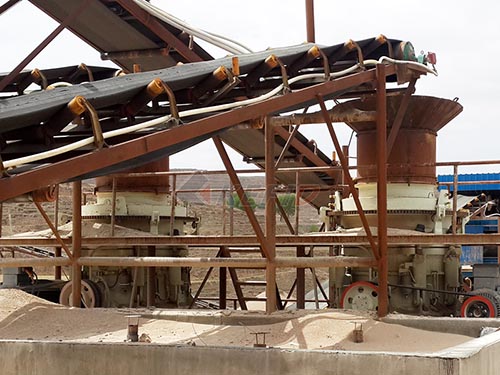
5. Foundation for Efficient Operation:
